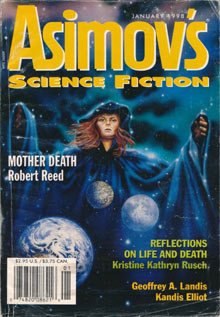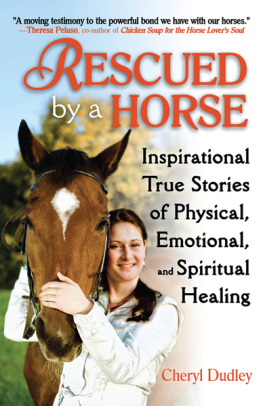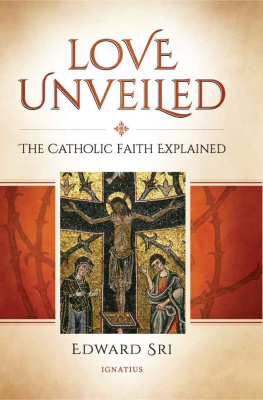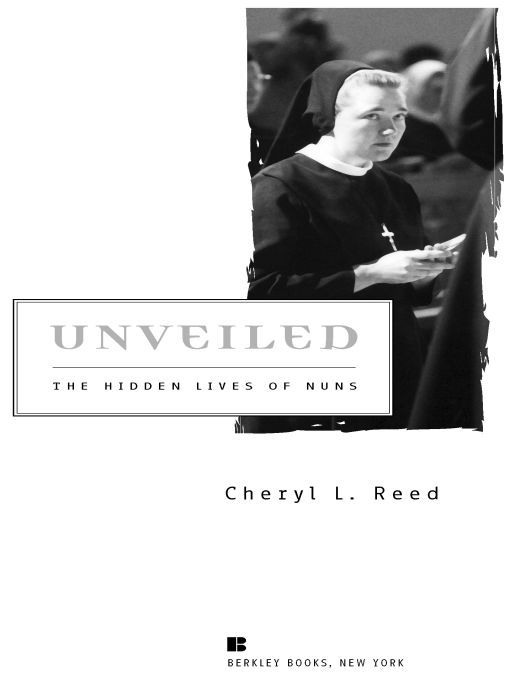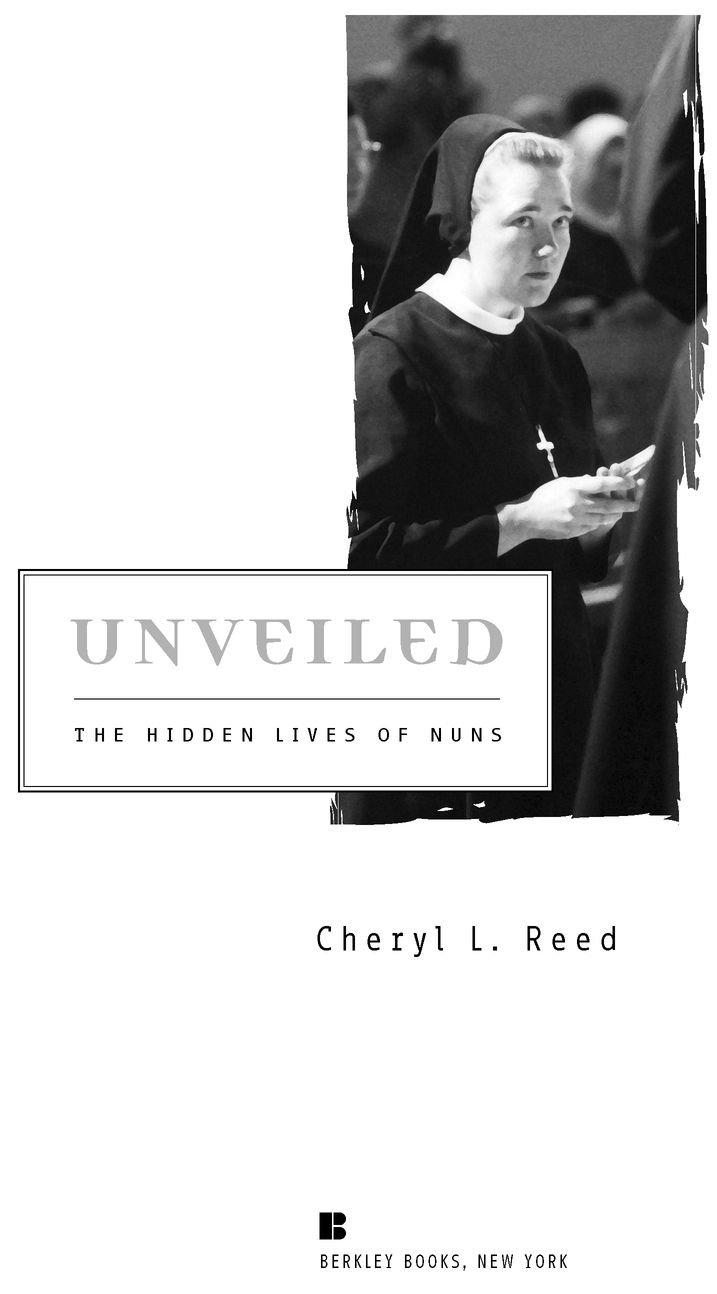Table of Contents
PRAISE FOR
Unveiled
Reed offers a generous, loving, and thorough treatment of contemporary North American nuns. What is most arresting about her portrait is the tremendous diversity among the women she profiles. In one chapter, we meet habited, cloistered Passionist nuns who rise at 2 A.M. to pray, flog their bare skin, and speak for only one hour each day; they stand shoulder-to-shoulder with activist sisters who teach in universities, work as prison chaplains, or minister to drug addicts in urban safehouses. Reed, a non-Catholic, writes from the best tradition of investigative journalism, but she doesnt pretend to be unmoved by the stories of everyday heroism displayed by the women she describes, and chronicles her own spiritual journey throughout.
Publishers Weekly
I read Unveiled with both sorrow and joy: sorrow over the decline of the religious orders of women, and joy at the vitality which still exists. Cheryl Reed makes the current crises in religious orders come vividly alive. It also persuades me that the Church simply cannot do without the nuns.
Father Andrew Greeley, author and columnist
Irrevocably shattering the stereotypical cookie-cutter image of saintly women, [Reed] provides an illuminating glimpse into a vibrant female subculture that is richly diverse, faith-filled, and often supremely rewarding.
Booklist
Hearts and souls unveiled indeed! Reed tells nuns stories with honesty and respect for womens voices and struggles. Faithful to her own quest of soul, she offers insights for anyone, including us nuns, passionate about living life to the fullest.
Sister Marya Grathwohl, OSF, writer, lecturer, community organizer/activist
Brings the casual reader inside convent wallsand beyondto meet real women committed to a radical way of life... bold... intimate.
Staten Island Advance
For Greg,
who always believed
The nuns in the photographs throughout this book are all nuns the author encountered. All of the photographs, with the one exception, were taken by the author.
ACKNOWLEDGMENTS
Working on a book for five years will make any writer beholden to a long list of people who either encouraged or excused such obsessive behavior. My list, while long, is nowhere near as inclusive as I wish it could be, and I apologize for any names I have overlooked.
First, I must thank all the nuns I encountered on this journey. They risked much by letting me observe their private lives, by trusting me with their stories. I am deeply indebted to their honesty and generosity.
The first financial contributor to this unusual and controversial mission was the Alicia Patterson Foundation and its director, Margaret Engel, who funded the initial research. Without such generosity, this book would have never been written.
Other groups made significant contributions: the Minnesota Arts Board, the Jerome Foundation, the Loft, and SASE. I am also grateful to the artist colonies who gave me space and time to work: Hedgebrook, the Vermont Studio, Norcroft, New York Mills, and Ragdale, which remains my favorite. Living among other artists and writers in temporary communities allowed me to experience a version of the nuns communal lifestyle.
Editors at various publications along the way gave me a venue for my articles about nuns: the Minneapolis City Pages, Philadelphia Inquirer Magazine, Natural Health, Extension Magazine, the Minneapolis Star Tribune, Poets & Writers, and especially Catholic Digest, whose managing editor, Kathleen Stauffer, has been my tireless promoter.
During the writing, friends and colleagues read version after version and offered encouragement and insight. Chief among them was Margaret Nelson, who often overlooked her own writing to offer crucial feedback. Elaine Beale and Diane Wilson pointed out gaping holes and offered words to fill them. Members of several writing groups suggested profound questions. My writing students offered me their adulation. And then there were good people like Kim and Raju Narisetti, who provided a bed and conversation on my many trips to New York. Others, like Chris Ledbetter, celebrated my achievements and encouraged me when I hit obstacles. Dr. Catherine Cory, a theologian at the University of St. Thomas, where I taught for two years, checked the theology in the book. My transcriber, Sheila Jessen, listened intently to the sisters stories, becoming equally committed to my effort of preserving their voices. During the publishing phase, my editors at the Chicago Sun-Times, especially Don Hayner, were understanding when I needed time off for the book.
The calm and soothing voice of my agent, Laura Langlie, assured me through each arduous step. I often thought of her as Gods angel sent to inspire me when it felt foolish to keep believing when others warned that readers wouldnt care about the lives of aging and forgotten nuns. For us, it became a mission to both showcase the complexities of the sisters lives and at the same time shatter old stereotypes. My book editor, Denise Silvestro, a young, modern Catholic herself, intrinsically understood the book. Courageously, Denise didnt try to romanticize the end of an era or weaken strong womens words, including my own, in order to sell books. Instead, she valued exploring whether nunhood was still a viable option for modern women.
The unknown stars of this book are my family. My children, Nick and Ali, never complained about my frequent trips to monasteries or that they had to share my attentions with hundreds of nuns. Instead, they shared my fascination. They thought it was cool that they could tell their friends that their mother had gone off to a conventagain. Meanwhile, my husband, Greg Stricharchuk, was my first and last reader. He critiqued version after version, spending nights and weekends, even holidays and vacations, going over revisions and offering suggestions. A journalist himself, he understood the quest, the search. He never questioned my obsession nor did he ask me to stopeven after years of visiting monasteries and making the rounds at artist colonies. He remains my biggest fan, my confidant, my best friend.
PROLOGUE:
LIFE BEFORE THE NUNS
I had always been afraid of nuns. They seemed so spooky in their long black cloaks and starched wimples that pulled their skin unnaturally from their faces. I had grown up believing that nuns, like the Catholic Church, were evil. My immersion into their mysterious world was a circuitous path, one that began with a young girls fascination and fear and grew into a journalists pursuit of an enigmatic subculture.
I had been raised fundamentalist Protestant and taught that Catholics worshipped statues, believed Mary was equal to God, and went to church on Saturday evenings so they could get drunk afterward and sleep in on Sunday mornings. Catholics, we were told, were going straight to hell because they thought they could sin as much as they wanted just as long as they confessed to a priest before they died.
Strangely enough, the church I attended as an adult was Catholic. Perhaps I was drawn to the forbidden. More likely, I was enticed by the beauty of cathedrals, the tranquility that ornate chapels offered. I always felt a sense of peace sitting among the cold stone pillars, gazing up at the stained-glass windows, inhaling the incense, listening to the choir. Yet, I couldnt convert because I disagreed with the Churchs assertion that the Pope was infallible and birth control was wrongthe same sentiments I would later hear expressed by many modern nuns.


